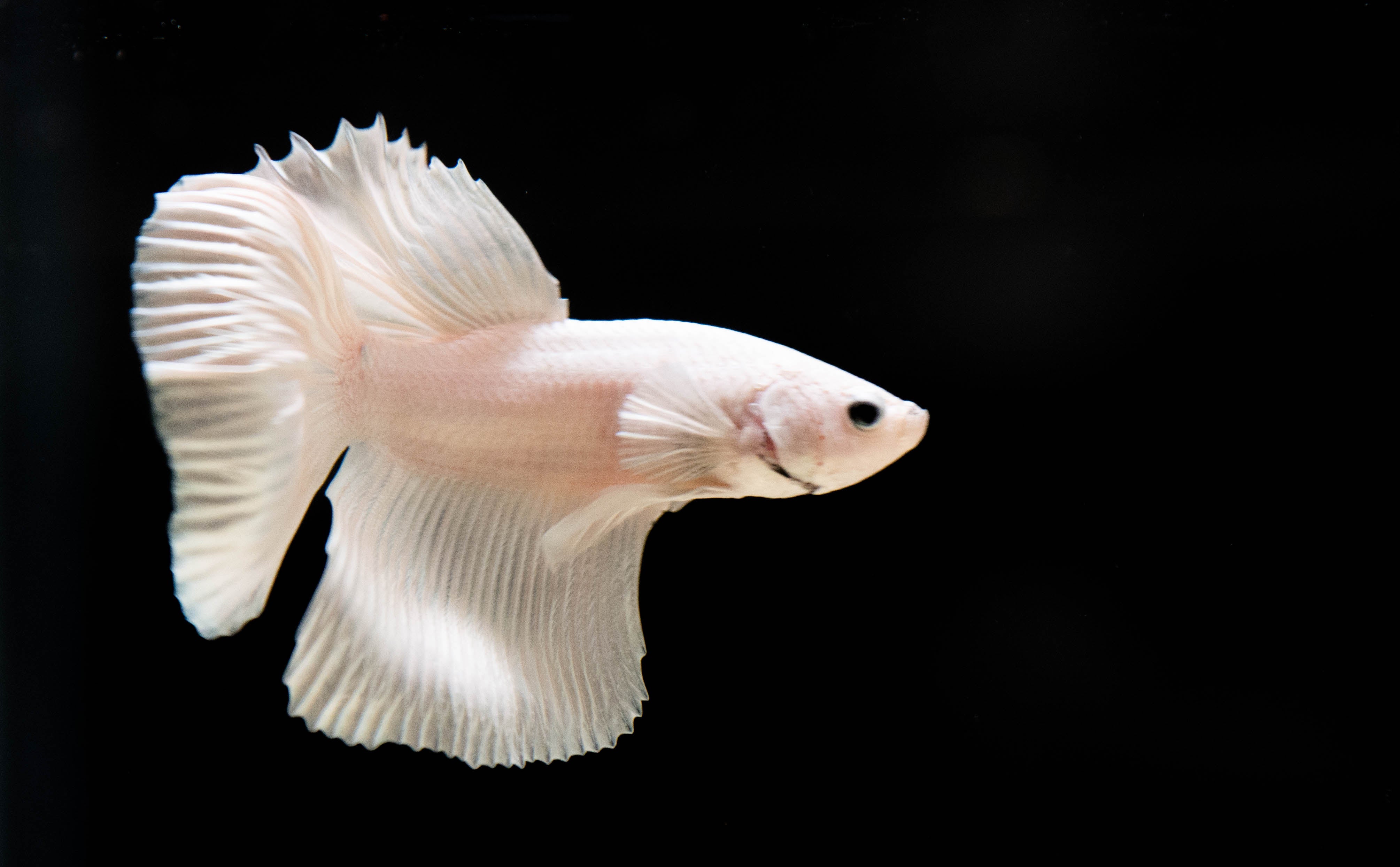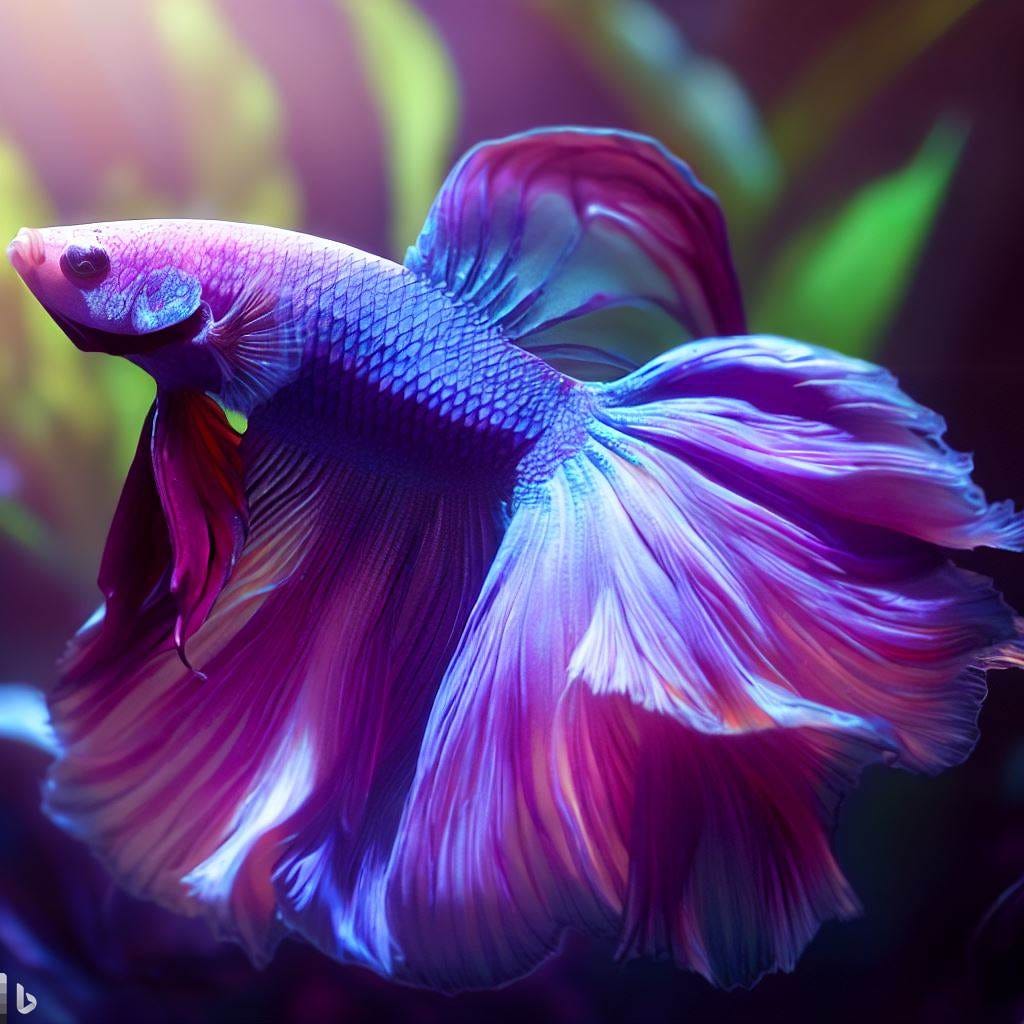All Regarding Betta Fish: Understanding Their One-of-a-kind Requirements, Habits, and the Best Practices for Optimum Care
Recognizing the special needs and actions of Betta fish is vital for any kind of aquarist looking to offer optimum care. betta fish. As we discover these aspects additionally, the implications for both newbie and experienced fish keepers become significantly apparent, increasing inquiries concerning exactly how ideal to fit these impressive fish in our homes.
Betta Fish Summary
Although usually admired for their vibrant shades and flowing fins, Betta fish, scientifically recognized as Betta splendens, are complicated creatures that need details like thrive. Originating from Southeast Asia, these freshwater fish are recognized for their territorial nature and unique behaviors. Betta fish display sexual dimorphism, with men showing more brilliant shades and longer fins than women.
Their hostile propensities, particularly amongst men, necessitate cautious consideration when housing them. Bettas are frequently kept in single-specimen containers to avoid territorial conflicts. They can exist side-by-side quietly with certain suitable types in larger area containers, provided the atmosphere meets their requirements.

To make sure optimal treatment, aquarists have to recognize their unique behavioral traits, dietary requirements, and environment requirements. betta fish. With correct attention, Betta fish can display their vibrant individualities and grow in a well-kept fish tank setup
All-natural Environment and Setting
Betta fish prosper in a diverse series of all-natural environments, mainly discovered in the superficial waters of Southeast Asia, consisting of rice paddies, swamps, and slow-moving streams. These settings are identified by cozy temperature levels, generally in between 75 ° F and 82 ° F(24 ° C and 28 ° C ), and a pH level ranging from 6.5 to 7.5, which is excellent for their wellness and health.
In their natural environments, Betta fish are accustomed to thick plant life, giving both sanctuary and breeding grounds. The existence of plants such as floating water lilies and thick yards not just provides protection from killers but additionally adds to the oxygenation of the water, which is crucial for their breathing requirements. Additionally, these settings usually have locations of still water, allowing Betta fish to exhibit their all-natural habits such as bubble nesting.
Understanding the all-natural habitat of Betta fish is essential for fish tank lovers. Replicating these problems-- through water temperature level, pH balance, and the incorporation of online plants-- can dramatically enhance the total health and wellness and longevity of these exciting fish, guaranteeing they thrive in a home fish tank setup.
Social Habits and Interactions
Comprehending the social actions and communications of Betta fish is essential for successful aquarium management. Betta fish, or Siamese fighting fish, are understood for their special behavior attributes, identified primarily by territoriality and aggression.
Conversely, female Bettas exhibit less aggressive behavior and can coexist in groups, understood as sororities, if introduced appropriately. Nonetheless, it is critical to monitor their interactions carefully, as hierarchy and prominence can bring about problems. Recognizing the characteristics within a Betta neighborhood is important; establishing concealing areas and making sure adequate area can mitigate aggression.
In enhancement, Betta fish might also display inquisitiveness and social actions towards other species. While they can exist side-by-side with specific non-aggressive storage tank companions, it is important to choose compatible varieties to prevent tension and aggression. Overall, acknowledging these social interactions is key to cultivating an unified fish tank atmosphere for Betta fish.
Crucial Care Standards
Giving proper care for Betta fish is essential to their health and wellness and health. To make certain a flourishing setting, it is necessary to keep optimum water conditions. The water temperature level must be kept between 76 ° F and 82 ° F(24 ° C to 28 ° C), while pH degrees ought to vary from 6.5 to 7.5. Normal water modifications-- roughly 25% once a week-- aid preserve water quality.
Betta fish call for a suitable tank dimension; a minimum of 5 gallons is advised to provide sufficient space for swimming and hiding. Consist of decors and plants to develop a revitalizing setting, however prevent sharp items that might damage their fragile fins.

Lastly, make sure the click reference container is outfitted with a filter to maintain the water tidy, but use a gentle filter to prevent solid currents that can emphasize the fish. By adhering to these important treatment standards, owners can advertise a healthy and balanced and dynamic Betta fish.
Common Health Issues and Solutions
In the treatment of Betta fish, understanding of common health and wellness issues is more information essential for keeping their wellness. One widespread problem is fin rot, frequently triggered by inadequate water quality or microbial infection. Signs include torn or tarnished fins. To treat fin rot, boost water conditions and consider utilizing a broad-spectrum antibiotic.
An additional typical ailment is ich, a parasitical infection characterized by white areas on the fish's body (betta fish). Treatment entails enhancing water temperature level and including aquarium salt to the container, as this can help remove the parasite
Swim bladder problem is additionally company website frequently observed, leading to buoyancy troubles. This problem may develop from overfeeding or irregularity. A fasting duration of 24-48 hours, adhered to by a diet of blanched peas, can supply alleviation.
Lastly, bettas may deal with velour disease, suggested by a gold dust-like look on their skin. Therapy generally calls for drug specifically developed for outside bloodsuckers, alongside improved storage tank health.
Normal surveillance of water parameters, preserving a tidy setting, and providing a balanced diet plan are critical preventive steps. By resolving these wellness issues quickly, Betta fish can lead healthier, a lot more vivid lives.
Conclusion
In summary, successful betta fish treatment calls for an understanding of their unique needs and habits. Giving a suitable environment, including suitable storage tank dimension and water problems, is crucial for their health. In addition, identifying their territorial nature and making certain ample concealing areas can avoid hostility. Routine monitoring of health and water quality, together with a balanced diet regimen, adds to the long life and vibrancy of betta fish. Following these guidelines will foster a flourishing aquatic community for these captivating animals.
Comments on “Betta Fish Tank Setup: A Step-by-Step Overview for Beginners”